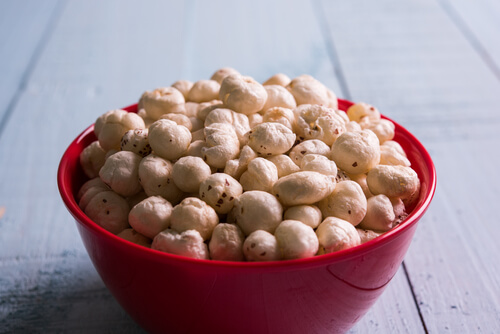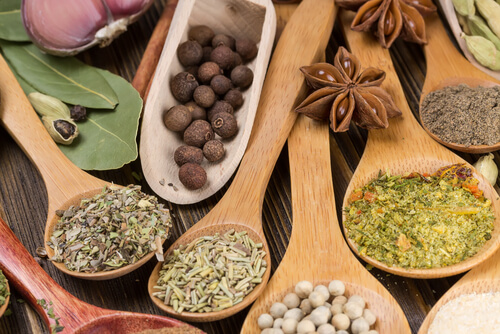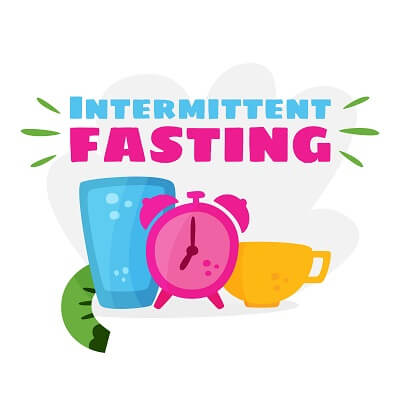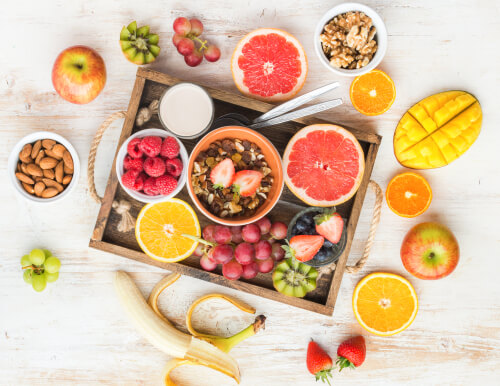Most people think of cholesterol in extremely simple terms; there is good cholesterol and bad cholesterol. But it’s a little bit more complicated than that. Your body actually has two kinds of cholesterol: LDL (low density lipoprotein) and HDL (high density lipoprotein). LDL cholesterol is the bad kind of cholesterol that turns into plaque in your body. HDL cholesterol acts very similar to a vacuum and sucks up all the plaque and impurities inside your blood vessels which keeps that from restricting blood flow. It moves these impurities to your liver where it expels them from your body.
Food is one of the biggest contributors to your cholesterol levels. What you eat can directly affect your ratio of HDL to LDL levels. You cannot actually raise your HDL levels by eating food, but you can decrease your LDL levels by watching what you eat. When you decrease your LDL levels you will readjust your ratio of HDL to LDL and naturally have a larger concentration of HDL cholesterol. The best food to achieve this is food popular in the Mediterranean diet.
Olive oil
If you switch your cooking oils with extra virgin olive oil you will be going a long way to lowering your LDL cholesterol level. Olive oil contains heart healthy fat that can help to reduce the inflammatory impact of LDL cholesterol.
Beans and Legumes
Beans and legumes are a fantastic source of soluble fiber. Utilize natural, non-canned beans like black beans, kidney beans, black eyed peas, lentils, and navy beans. They also contain folate which is a powerful B vitamin that is important for your heart health.
Whole Grains
Whole grains like cereals, oatmeal, bran, brown rice, wild rice, etc. help to lower your LDL cholesterol which naturally raises your concentration of HDL levels. Whole grains contain fiber, specifically soluble fiber which helps to lower your LDL cholesterol.








